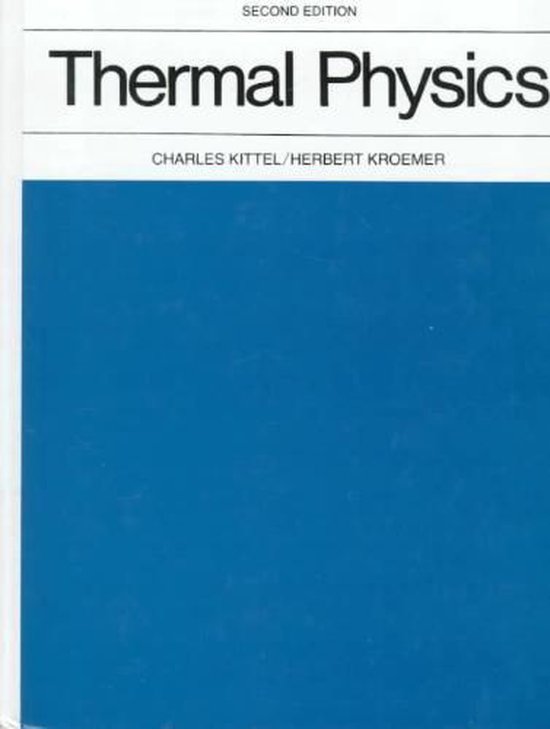
Understanding Solids The Science Of Mate
Praise for the First Edition
“Tilley offers an extremely wide-ranging useful book that is accessible to anyone with a firm grasp of high school science...this is an outstanding and affordable resource for the lifelong learner or current student.”--Choice, June 2005
“invaluable as a source of information on a wide range of materials.”--Materials World, August 2005
Extensive new coverage of:
- Computational science and engineering
- Nanoscale properties
- Point defects
- Advances in crystallography related topics
There have been radical developments in the study of solid state materials over the past 10 years – think batteries, solar cells, graphene, carbon nanotubes – and this new edition has been meticulously updated to reflect these advances. Retaining the structure of the highly- egarded first edition, it contains five parts covering: structures and microstructures; classes of materials; reactions and transformations; physical properties; and nuclear properties of solids.
Each chapter is self-contained to encourage student understanding and to reinforce key concepts, and includes further reading, problems and exercises. Additional resources are available online, including supplementary material, colour figures, solutions to the introductory questions, and problems and exercises.
Equally accessible to both science and engineering students, Understanding Solids, Second Edition provides an invaluable foundation in the physical and chemical properties of solids, and is essential for those studying materials science, physics, chemistry and engineering.
New Topics Include
- Lithium-air batteries
- Flexoelectricity
- Crystal field effects
- Photoinduced magnetism
- Dye sensitized solar cells
- Zero thermal expanding solids
- Radio-isotope dating
- Computer simulations
- Quasicrystals
- Piezoelectricity
- Cuprate superconductors
The second edition of a modern introduction to the chemistry and physics of solids. This textbook takes a unique integrated approach designed to appeal to both science and engineering students.
Review of 1st edition
“an extremely wide-ranging, useful book that is accessible to anyone with a firm grasp of high school science…this is an outstanding and affordable resource for the lifelong learner or current student.” Choice, 2005
The book provides an introduction to the chemistry and physics of solids that acts as a foundation to courses in materials science, engineering, chemistry, and physics. It is equally accessible to both engineers and scientists, through its more scientific approach, whilst still covering the material essential to engineers.
This edition contains new sections on the use of computing methods to solve materials problems and has been thoroughly updated to include the many developments and advances made in the past 10 years, e.g. batteries, solar cells, lighting technology, lasers, graphene and graphene electronics, carbon nanotubes, and the Fukashima nuclear disaster.
The book is carefully structured into self-contained bite-sized chapters to enhance student understanding and questions have been designed to reinforce the concepts presented.
The supplementary website includes Powerpoint slides and a host of additional problems and solutions.
| Auteur | | Richard J. D. Tilley |
| Taal | | Engels |
| Type | | Paperback |
| Categorie | | Wetenschap & Natuur |





